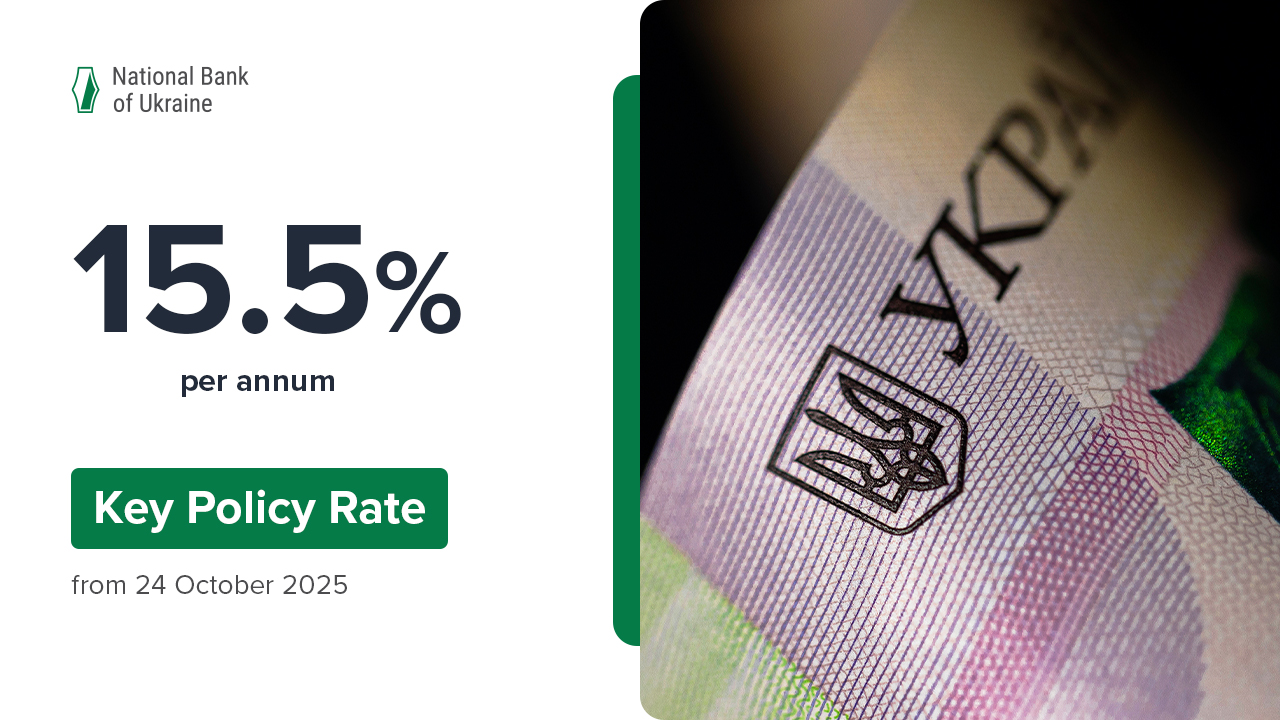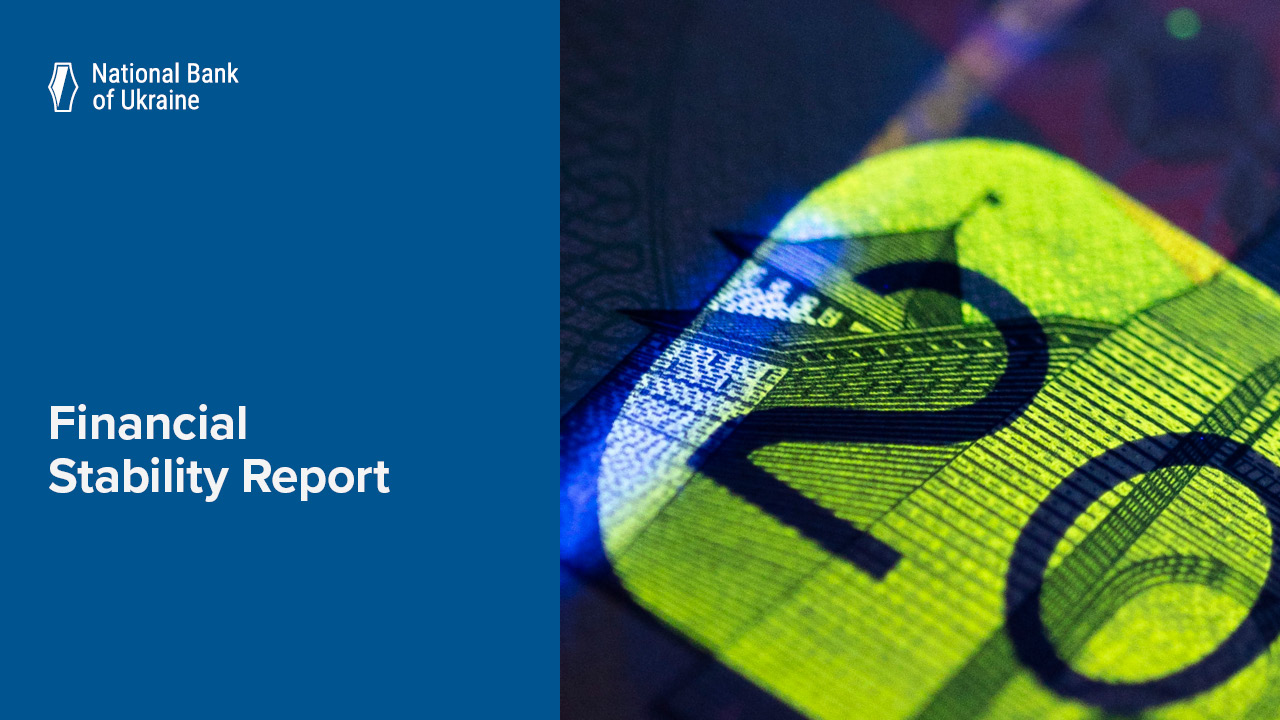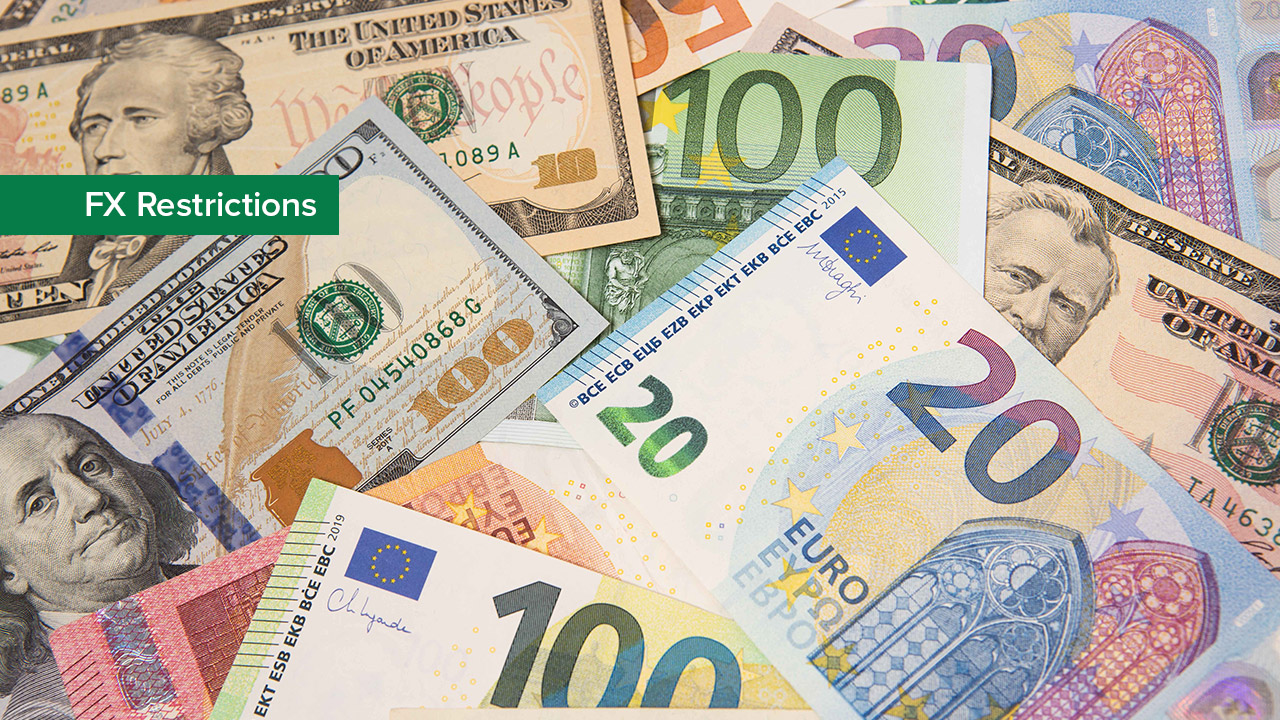In February 2017, headline inflation as expected accelerated to 14.2% yoy, from 12.6% in up from 12.6% in January 2017. In monthly terms, consumer prices rose by 1.0%, according to data released by the State Statistics Service of Ukraine (SSU).
As expected, price growth accelerated for most major components of the consumer basket amid increasing production costs and the low base of comparison. Actual inflation came in slightly below the projected path of annual headline inflation published by the National Bank of Ukraine in the Inflation Report (January 2017), envisaging a slowdown in the annual CPI to 9.1% by the end of 2017.
The rise in prices was restrained by supply factors and improved conditions in global commodity markets (and hence, the strengthening of the hryvnia exchange rate in February).
- Core inflation predictably sped up to 6.4% yoy (stood at 0.7% mom). The growth of processed foods prices continued to accelerate (to 6.7% yoy) reflecting second-round effects from an increase in selected raw food prices, for instance, milk prices. Annual growth rates of selected service prices included in the core CPI also accelerated. In particular, prices for recreational, cultural and sporting, financial and insurance services increased, likely reflecting higher operating costs. At the same time, the strengthening of the hryvnia in February 2017 contributed to the slowdown of the annual growth of prices for some imported goods (clothing and footwear), while for some goods prices even declined in annual terms (prices for vehicles audiovisual equipment).
- Prices for raw foods accelerated to 4.7% yoy in February (were up by 1.7% mom). This acceleration was primarily due to a low base of comparison (last year prices for raw foods fell sharply due to trade and transit restrictions imposed by Russia not only on Ukrainian but also Turkish goods) Hence, as expected, the decline in prices for fruit and vegetables slowed in annual terms. In addition, prices for pork and beef sped up, reflecting an increase in production costs and continued livestock reduction. Similar factors, as well as robust exports, spurred milk prices.
However, raw food inflation was restrained by other supply factors. Thus, in February prices for eggs significantly decreased in monthly terms as export restrictions to several countries were maintained on poultry-related products from certain oblasts of Ukraine due to an unfavorable epizootic situation. And despite the low base of comparison, prices for eggs were lower than last year.
- The growth of administered prices and tariffs accelerated to 38.1% yoy (stood at 1.4% mom). As in the previous month, an important factor behind this acceleration was the increase in fares for passenger road transportation services driven by rising costs, including due to higher fuel prices. In addition, prices for tobacco products rose significantly due to a low base of comparison and an increase in excise taxes at the beginning of the year. However, increased excise taxes on alcoholic beverages had a relatively smaller effect on prices of the respective products. Their price growth even slowed down in annual terms, which could be attributed to the sale of inventories, accumulated prior to the tax increase, and a still favorable markup following the increase in minimum prices in December 2016.
- Fuel prices accelerated to 28.4% yoy (were up by 2.1% mom), reflecting the delayed effects of higher global oil prices in previous months.
Current CPI and its components’ developments confirm that inflation will remain within the target band of 8% ± 2 pp, the year-end inflation target for 2017 of 8% ± 2 pp, which was set out in the Monetary Policy Guidelines for 2017 and the medium term, making the year-end inflation target for 2017 within reach.







